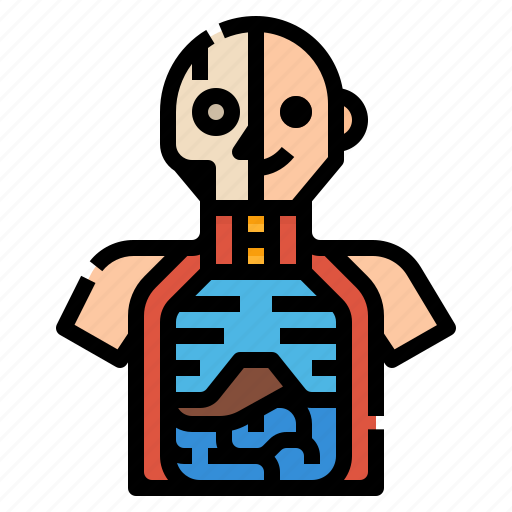The first section of the exam is called General Health. This exam is a test of how well students learn about basic health topics, such as their height and weight, current living conditions, as well as diseases and conditions that may affect their health. It also includes a test on how well students understand the differences between diseases and their treatment options. Students are given questions to answer about the topics that they have learned about.
The second part of the exam is known as Cardiovascular Health. This exam analyzes the effects that changes in their blood pressure, heart rate, and breathing patterns have on their health. During this exam students are also required to understand how the heart works. The test involves a question where students have to count from one to ten and see if their blood pressure goes up or down. They are also expected to be able to describe what the different parts of their bodies feel like.
The third section is known as the Nervous System Exam. This exam is also divided into three parts. In the first part of the exam students have to analyze how their minds react to various stimuli. They are then required to describe their mental processes and reactions. In the second part students have to describe their physical responses to different stimuli.
Students have to take the exam two times: once in the morning and once in the evening. Each day they are given a test booklet with information about each part of the exam that they have failed and instructions for the next day’s test.
Students should use the test booklet contains very little information about each topic. Since this is a self-administered exam, students can look up any information that they need and not worry about reading a long and confusing text. In the test booklet they can find information about their own score, the format for their exam, and what their scores should be, and anything else that might be useful.
One thing that students should avoid doing is skipping the exam because it is a test of skill and it will take them longer to understand the material in the exam than they think. Also, the more time that they spend on the test the exam, the better prepared they will be when they go to test day two. of the test. By skipping the exam, students will be able to get into more trouble with the test and might be more likely to fail it. This is why it is so important that students take the exam.
Anatomy and physiology are a test that all students should take. However, it should not be taken lightly. Passing this exam requires some hard work on the students part and the preparation of the student to understand the material and prepare. Taking the exam is the first step towards the success of the medical field.
One problem that many students have is that they take the test early in the semester. Although this is important, the student should make sure that he or she takes the exam before the first semester of the semester begins and not after. This is because the first semester has more questions and the test needs to be studied more thoroughly than the second semester. This is one of the reasons that students struggle so much with taking the exam.
Anatomy and physiology also require a lot of memorization. Many students forget information on this subject and they have to keep looking it up when they forget it. For students who take this exam on their first try, there are sample questions that can help them memorize all of the necessary information.
Anatomy and physiology are a test that everyone should take. however, the students should take it seriously and not take it too easy. It is an exam that everyone will fail but if the student takes it seriously enough and prepares themselves for the test then they will get the exam completed successfully.


